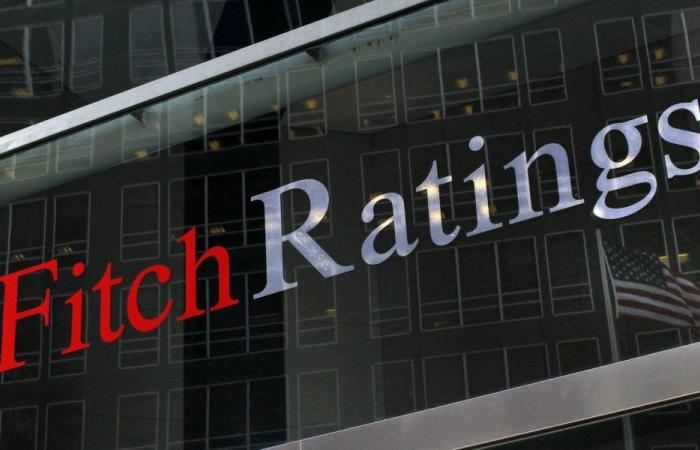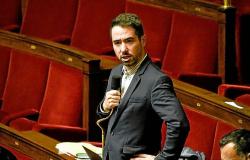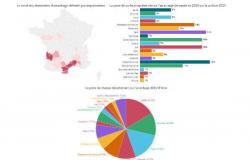Morocco’s continued ‘BB+’ rating reflects prudent macroeconomic policies, strong support from official creditors, a favorable debt profile and comfortable liquidity reserves. These strengths are offset by weaker development and governance indicators compared to its peers, a high level of public debt and vulnerability to adverse climatic conditions.
In 2023, the Moroccan economy grew by 3.4% (compared to 1.5% in 2022), supported by a recovery in the agricultural sector and a solid performance of non-agricultural sectors. Fitch expects growth to slow to 3.0% in 2024, due to insufficient rainfall slowing agricultural production. Growth is expected to stabilize at 3.5% on average over 2025-2026, thanks to a normalization of agricultural production and sustained performance in other sectors, notably tourism and the automobile industry. Furthermore, government policies in favor of access to property should stimulate the construction sector.
The central government budget deficit narrowed to 4.3% of GDP in 2023 (compared to 5.4% in 2022), largely due to lower subsidy spending linked to lower international gas prices. Fitch forecasts a deficit of 4.1% in 2024, with an average of 3.6% over 2025-2026. Tax revenues, although disappointing, will be offset by increased use of innovative financing, such as the sale and leasing of public assets, representing 2.1% of GDP over the period.
Social spending on the rise, subsidies on the decline
Public spending is expected to average 25.7% of GDP between 2024 and 2026, down from 26.4% in 2023. This reduction is mainly due to reduced investment spending related to post-earthquake reconstruction. of 2023. Subsidies, particularly on butane gas, will be gradually reduced to 0.8% of GDP, compared to 2% in 2023. At the same time, social spending should increase sharply, rising to 2.3% of GDP, with the extension of unemployment benefits.
Public debt is expected to increase slightly to 70% of GDP in 2024, before stabilizing in 2025-2026. Despite this level of debt above the median for countries rated ‘BB’, Fitch believes that the risks linked to refinancing and exchange rates are contained. At the end of 2023, the majority of central government debt was composed of medium and long-term instruments, at fixed rates, and denominated in dirhams.
The current account deficit (DAC) narrowed to 0.6% of GDP in 2023, mainly due to the fall in the energy bill. In 2024, Fitch anticipates a slight increase in the DAC to 1.2%, with an average of 1.5% over 2025-2026. The robust tourism sector and remittances from Moroccans living abroad, estimated at 7.4% of GDP, will continue to support the balance of payments.
Expected recovery of foreign investments
After a historic low in 2023, foreign direct investments (FDI), which fell to 0.2% of GDP, are expected to rebound to 0.8% in 2024, supported by investments in the automobile sector, benefiting from restructuring of the chains of global supply.
Morocco’s foreign currency reserves, which stood at $37.3 billion in August 2024, will remain robust thanks to good export performance and the resumption of FDI. Fitch forecasts that these reserves will represent on average 5.2 months of external payments over the period 2024-2026.
Morocco obtains a high score in governance with an index of 41.6 according to World Bank indicators. The country continues to enjoy political stability, despite recurring social tensions linked to high unemployment among urban youth.
This article highlights Morocco’s resilience in the face of structural challenges, while highlighting efforts at budgetary consolidation and social reform.






